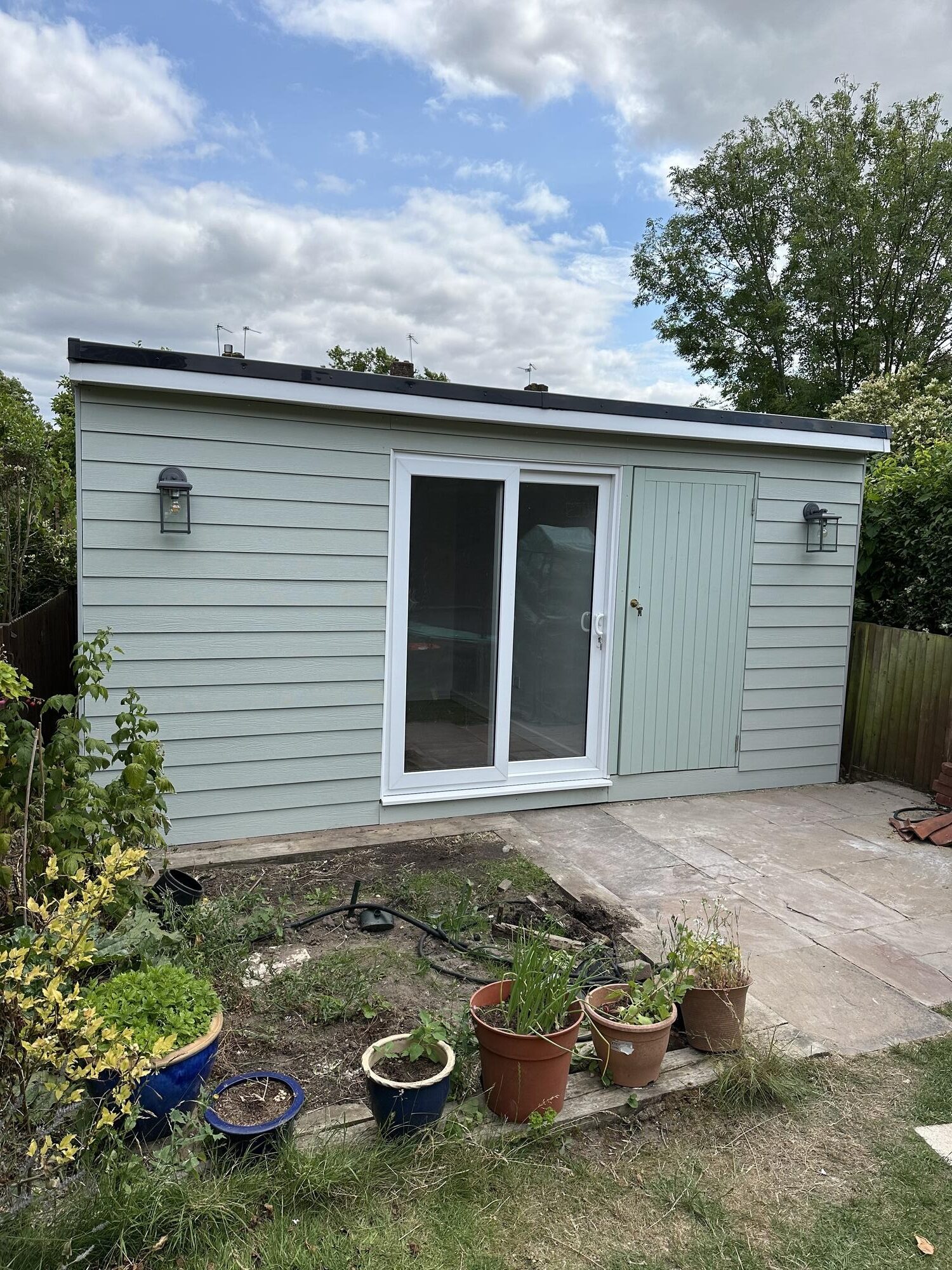Understanding the Importance of Material Choice
When designing garden rooms, one of the most critical decisions you’ll make is the choice of building material. The material not only defines the visual appeal of your garden room but also impacts its durability, maintenance, insulation, and overall performance throughout the year. Two of the most popular choices for cladding and structural finishes are traditional timber and modern composite materials. Each has its own set of benefits and trade-offs, making the right choice largely dependent on your priorities, style preferences, and long-term plans for the space.
Wood: A Classic Choice with Natural Charm
Wood has long been the go-to material for garden rooms, particularly for those who love a traditional, organic aesthetic. One of its biggest strengths lies in its natural beauty. The warmth and grain patterns of real timber help a garden room blend effortlessly into its surrounding landscape, making it feel like a natural extension of the garden.
Softwoods like cedar, larch, and redwood are popular choices due to their weather resistance and longevity. Hardwood cladding, such as oak or iroko, offers even greater durability but comes at a higher price point. Timber is also relatively easy to work with, allowing for customised shapes, trims, and details.
However, wood does require regular maintenance to keep it looking and performing its best. Without annual treatments or staining, timber can weather, warp, or be affected by damp and pests. That said, many people appreciate the aged look that develops over time and see it as part of the wood’s character.
Composite: A Modern Material with Practical Advantages
Composite materials, typically made from a mix of recycled wood fibres and plastics, offer a contemporary alternative to timber. They’re engineered to mimic the look of natural wood while eliminating many of the common issues associated with real timber. Garden rooms built with composite cladding are highly durable, fade-resistant, and impervious to rot, insects, and warping—making them an ideal low-maintenance option.
In terms of aesthetics, high-quality composite boards have improved significantly and can now convincingly replicate timber’s grain and tones. They come in a variety of colours and finishes, providing flexibility for modern or minimalist design schemes. Since they don’t require painting, staining, or sealing, composite materials can save time and money over the long term.
One consideration with composite is its upfront cost, which is often higher than softwood. However, the savings on maintenance and longevity often balance this out over time. It’s also worth noting that some composites may lack the tactile warmth and authenticity of real timber, which could be a factor for those who prioritise traditional aesthetics.
Durability and Weather Resistance
Durability is essential when constructing a garden room, especially given the UK’s unpredictable climate. Both wood and composite can be long-lasting, but they respond differently to environmental exposure.
Wood—particularly hardwoods and treated softwoods—can last for decades when properly maintained. However, it is vulnerable to swelling, shrinking, and cracking due to changes in humidity and temperature. Composite, on the other hand, is designed to be dimensionally stable and highly resistant to moisture, mould, and temperature fluctuations. For garden rooms intended to be used year-round, composite offers reliable, all-weather performance with minimal effort.
Sustainability and Environmental Impact
Sustainability is an increasingly important factor for homeowners. Wood is a renewable resource, especially when sourced responsibly from FSC-certified suppliers. It also stores carbon, making it an environmentally friendly option when harvested and processed correctly. Some timber options, however, come from unsustainable sources or require chemical treatments that reduce their green credentials.
Composite materials often contain recycled components—such as reclaimed timber and post-consumer plastics—which gives them a positive edge in terms of waste reduction. However, they’re not biodegradable and can be harder to recycle at the end of their lifecycle. If sustainability is a priority, look for composite products that are manufactured with eco-conscious processes and minimal environmental impact.
Cost Comparison
Cost is often a deciding factor for many garden room projects. Timber typically offers a lower initial cost, especially when using softwood. Hardwood is more expensive, but provides a longer lifespan and premium finish. The main cost to consider with wood is maintenance over time—treatments, repainting, or repairs can add up.
Composite materials usually have a higher upfront cost but lower long-term expenses thanks to their durability and minimal upkeep. For homeowners who want a ‘set it and forget it’ solution, composite is often more cost-effective in the long run.
Aesthetic Appeal and Style
When it comes to visual appeal, both wood and composite have their strengths. Wood offers unmatched warmth and a rustic charm that’s hard to replicate. It’s ideal for garden rooms designed to blend with natural surroundings or complement traditional properties.
Composite, meanwhile, lends itself to sleek, contemporary garden rooms with clean lines and bold finishes. For those looking to make a design statement or match modern architecture, composite cladding provides versatility and consistency in appearance.
Ultimately, your choice may come down to the style of your home and garden, as well as your personal taste.
Final Thoughts
Both wood and composite have their place in modern garden room design. Timber offers timeless charm and a connection to nature, while composite delivers cutting-edge performance with less maintenance. The best choice depends on your design preferences, budget, and willingness to maintain the structure over time.
Thinking of building your ideal garden room? Take the time to weigh up the pros and cons of each material and choose what fits best with your lifestyle and vision. With the right materials, your garden room can be a beautiful, functional space that lasts for years to come.
